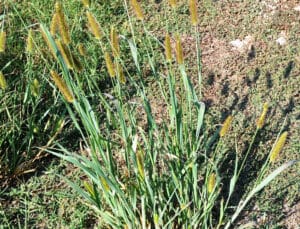Cornus alba ‘Bailhalo’
Description
The Ivory Halo takes center stage wherever it’s planted. Vibrant color that spans nearly year-round merges with weather adaptability, making the Ivory Halo Dogwood Shrub truly one-of-a-kind.
Fast-growing and multi-stemmed for even more interest, the Ivory Halo delights across multiple seasons. Tiny, yellowish-white flowers appear in spring, giving way to variegated foliage against blue-white pops of fruit in summer, attracting graceful pollinators. Even better is its fall foliage, which may take on attractive hues of blazing purple-red.
Finally, its bright red winter stems take hold, giving you a dramatic show of vibrancy that spans virtually the entire year.
Planting
In terms of sunlight requirements, Ivory Halo Dogwoods will tolerate partial shade, but their signature red bark will be brightest if they are planted in full sun (6 to 8 hours of sunlight daily) and well-drained soil. Dig your planting hole twice the width of the root ball and just as deeply enough so that it’s level with the surrounding area. Remove the plant from the container by gently tapping on the ground and easing the plant out of the container.
Place the shrub in the planting hole and backfill with your blend of native and gardening soil and gently tap down to secure the plant. Water the planting site to settle the soil then mulch to retain soil moisture.
Watering
Create a mulch barrier around the tree’s trunk at planting. Keep the mulch five or six inches away from the trunk itself to help the tree retain water. Water the Red Twig thoroughly once or twice weekly – if you’re not sure when to water, simply check the surrounding soil about 2 or 3 inches down. If the soil is dry here, it’s time to water.
Fertilizing
Pruning
| Growing Information | |
| Mature Height: | 4-6 ft |
| Mature Width: | 4-6 ft |
| Sunlight: | Full to Partial Sun |
| Bloom Time: | |
| Growth Rate: | Moderate |
| Grows Well in Zones: | 3-7 |
| Your Growing Zone: | 6 |





